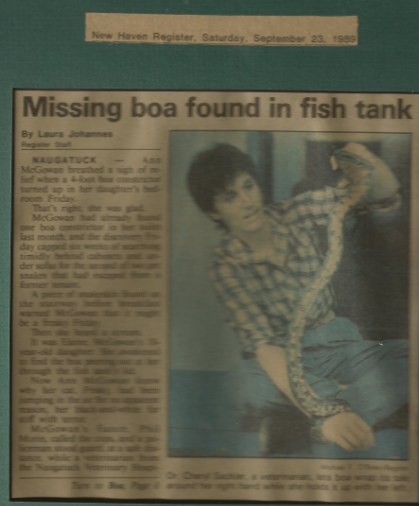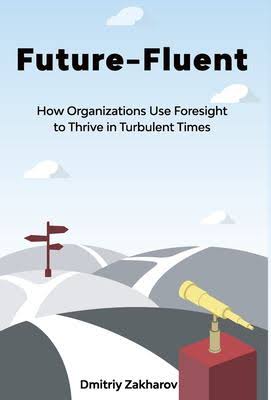“Smart is when you believe half of what you hear. Brilliant is when you know which half.”–Robert Orben
Here’s a tip for you brainiacs. If you want to know which half of my posts to believe, it’s the other half. On my other blog, Seeking Delphi. ™
Hmmm. I just started that other blog. Most of my posts have been on this one. Well, as Yogi once said, “90 percent of the game is half mental.”



















